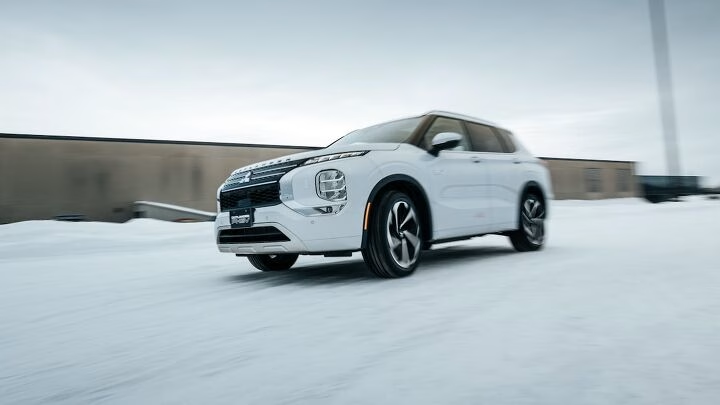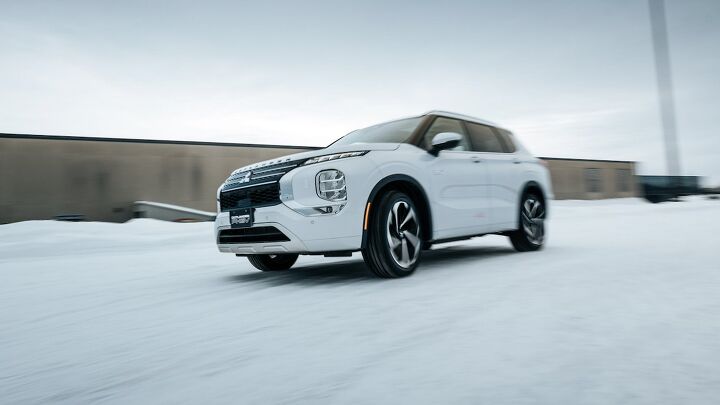Mitsubishi’s Strategic Pause: Understanding the Impact of Tariffs on U.S. Operations
Navigating the complexities of international trade, Mitsubishi has recently made headlines by halting the shipment of vehicles to the United States. This decision, driven by the evolving tariff landscape, raises significant questions about the future of the brand in a competitive market. This article delves into the implications of this pause, the relationship with Nissan, and what it means for Mitsubishi’s growth in America.
Assessing the Tariff Landscape and Its Effects
Mitsubishi’s decision to hold vehicles at the port stems from the introduction of a 25 percent tariff on imported vehicles, which took effect in early April. This tariff not only affects Mitsubishi, whose entire U.S. inventory is sourced from Japan, but also places a significant financial burden on the company. According to a spokesperson from Mitsubishi, the company is currently holding approximately 20,000 vehicles, equating to about 100 days of inventory. This strategic pause allows Mitsubishi to reassess its position and adapt to the changing economic environment.
The implications of this decision are profound. In 2022, Mitsubishi sold 109,843 vehicles in the U.S., and any disruption in imports could hinder growth, especially as the automotive market continues to evolve. The first quarter of 2023 showed promising growth for Mitsubishi, with sales up 11 percent compared to the previous year. However, if the pause on imports extends, it could stifle this momentum and impact the brand’s market share.
Exploring the Alliance with Nissan
Mitsubishi’s partnership with Nissan presents a unique opportunity to navigate the current challenges. Nissan has a manufacturing presence in the U.S., which could potentially be leveraged to mitigate the impact of tariffs. While the days of merely swapping badges between models are over, there are shared platforms, such as the Outlander and Rogue, that could be utilized for production. However, significant hurdles remain, including logistical challenges and the need for extensive re-engineering to ensure compliance with safety and regulatory standards.
This alliance could be a double-edged sword. On one hand, it offers a pathway to reduce reliance on imports and tap into local manufacturing capabilities. On the other hand, the complexities of integrating production processes between two distinct brands could pose challenges that may take time to resolve.
Understanding Mitsubishi’s Market Position
Mitsubishi’s current market position is precarious yet promising. The brand has shown resilience, particularly with models like the Mirage, which saw a notable sales increase in Q1 2023. This uptick, driven by a 71 percent increase in sales for the Mirage, highlights the potential for growth even in challenging circumstances. However, the cessation of imports could undermine this progress, particularly if consumer demand shifts or if competitors capitalize on Mitsubishi’s absence in the market.
The automotive landscape is rapidly changing, with consumers increasingly seeking electric and hybrid vehicles. Mitsubishi’s ability to adapt to these trends will be crucial in maintaining its relevance. The brand’s future success may hinge on its ability to innovate and respond to consumer preferences while navigating the complexities of international trade.
Navigating Forward: What Lies Ahead for Mitsubishi
As Mitsubishi grapples with the implications of halted imports, the focus must shift towards strategic planning and adaptability. The company needs to assess its options carefully, considering both the potential for local manufacturing through its alliance with Nissan and the broader market trends that could influence consumer behavior.
In conclusion, Mitsubishi’s pause on shipping vehicles to the U.S. is a significant moment for the brand. While the immediate impact may be challenging, it also presents an opportunity for strategic reevaluation and innovation. By leveraging its partnership with Nissan and adapting to the evolving automotive landscape, Mitsubishi can position itself for future growth, ensuring it remains a competitive player in the U.S. market. The coming months will be critical as the company navigates these challenges and seeks to redefine its path forward.


